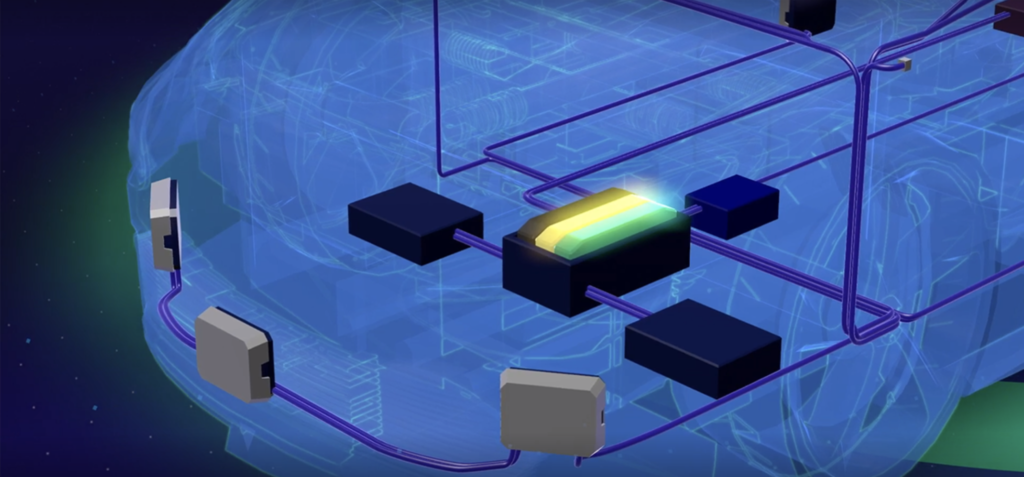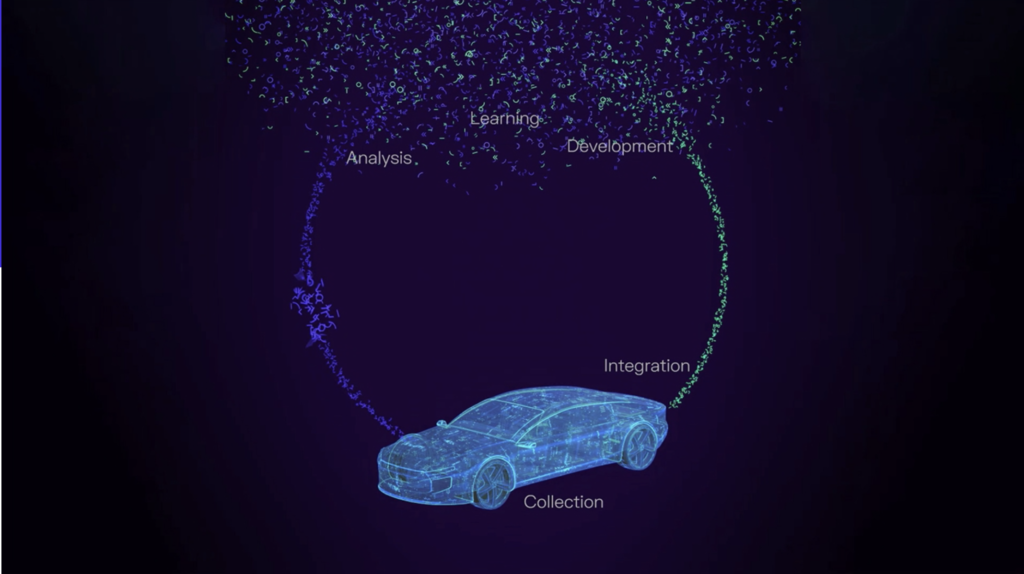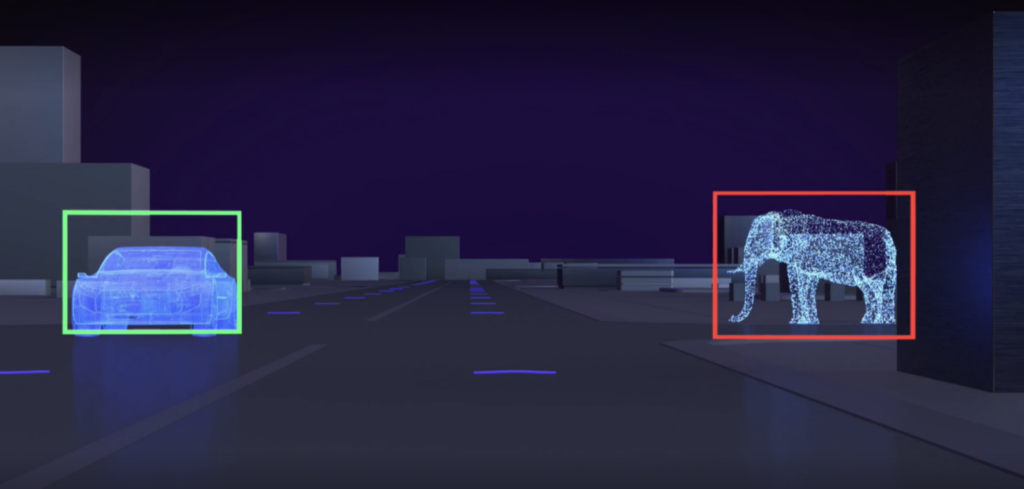VW-owned software company Cariad is looking to revolutionize its approach to data collection for autonomous vehicle development, according to Stefan Sicklinger, head of division – Big Loop and advanced systems at Cariad.
Outlining the company’s methodology, Sicklinger highlighted that rather than taking the traditional approach of recording every bit of sensor data onboard, Cariad wants to leverage a data aggregation system – Big Loop – to reduce the volume of data gathered and the computing power needed to process it.
“On the one hand, we’re able to reduce the amount of computing power needed inside the vehicle. And in our world of electric vehicles, less energy consumption means a longer driving range. On the other hand, by uploading to the cloud only a few snapshots of data out of the vast amount that our sensors record every hour, we’re using less energy in our data centers. But at the same time, we’re still able to sustain the high level of quality of extracted information. The system also allows the data to be immediately available to our software engineers for development purposes,” explained Sicklinger.
Big Loop consists of several elements spread across VW’s E3 2.0 architecture (due to arrive in the mid-2020s), encompassing on-vehicle hardware and software as well as the company’s cloud data centers. It is reportedly already being used for the development and testing of automated driving functions.
Sicklinger singled out two areas of the system that are key to its operation: a protected blade area and a neural network software component called INSTINCT (IN SiTu INtelligent data CollecTor).
The protected blade area is a piece of hardware within a vehicle’s scalable compute platform (SCP), physically located next to the platform’s ADAS blade and completely isolated from other vehicle systems. The ring-fenced nature of the hardware means it can be used for development purposes without any potential knock-on effect on a vehicle’s operation; for example, pre-release software can be tested in real-world conditions without any safety concerns. Sicklinger also stated that the computing power of the protected blade can be used for intelligent data aggregation and collection.

The protected blade area hosts the INSTINCT neural network, which conducts real-time analysis of sensor data streams, identifying which samples are of interest for further analysis. Sicklinger explained, “INSTINCT is continuously on the lookout for ‘known unknowns’ as well as ‘unknown unknowns’. An ‘unknown unknown’ is an extremely unique and unpredictable situation or object on the road, for which the vehicle cannot be trained.
“Imagine, for example, a self-driving car is out on the road. Its cameras, radars and other sensors are detecting and identifying the world around them, including pedestrians and vehicles. All of a sudden, the car approaches a pink elephant. We all know that pink elephants don’t exist. But INSTINCT is capable of detecting something as fictitious as a pink elephant as an unknown unknown. It doesn’t need to know to specifically look out for pink elephants. Instead, it can judge these kinds of objects by means of uncertainty.”
If INSTINCT identifies something of note, a snapshot of the data is stored in the SCP and sent to the cloud, where it is deposited in a data lake. From there, it can be directed along various pipelines to be further analyzed, for example feeding machine learning algorithms or used for simulation and modeling. Any software modifications that stem from this analysis can then be fed back to vehicles via OTA updates.
In the development of Big Loop, Sicklinger noted that one of the biggest challenges has been melding the automotive and software production mindsets. Automotive is used to extremely long cycles from development to production, whereas software requires a more agile approach. “To tackle this challenge and bridge the gap between the product cycles, we’re already decoupling the development of hardware and software. But in addition to this, our developers have created a system that can be retrofitted to existing vehicles and platforms that are already driving on the roads. This fleet of vehicles is pioneering our Big Loop technology today before it’s rolled out in the unified and scalable Cariad platform.”



